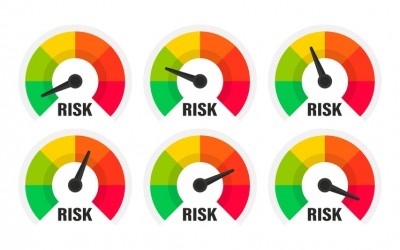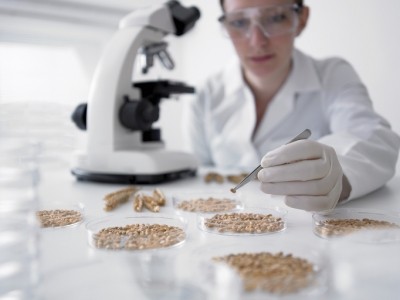Mycotoxin control
Qatar team identifies way to inhibit mycotoxin growth in fish feed

Although the levels of individual mycotoxins are generally within the permissible limits, the simultaneous occurrence of the two toxins, aflatoxins (AFs) and ochratoxin A (OTA), in the feed samples might possibility lead to synergistic effects on farmed fish and subsequently on consumer health, said the authors, who are based at Qatar University and an aquatic research center run under that country’s ministry of the environment.
Those experts acknowledged that studies in this field show that human exposure to those mycotoxins through the consumption of fish fed contaminated feed is unlikely.
Nevertheless, they claim that the results of their research, in which AFs were detected in the muscle of rohu and kurkufan, suggest the need for further evaluation of the safety of fish products, both local and imported.
Their work also assessed the impact of deploying bacterial volatiles to suppress mycotoxin growth and boost feed safety.
The study
The objective of their study, which was published in Aquaculture, was to examine the occurrence of fungal communities and mycotoxins in fish feed that is distributed and sold in Qatar, as well as to investigate the presence of mycotoxins in the liver and muscle tissues of fish that have been exposed to contaminated feed.
"The majority of fish feed marketed and supplied in the world today, including in Qatar, contains ingredients from plant origin which are an ideal substrate for the development of toxigenic fungi and under favorable conditions, their respective synthesis of mycotoxins," noted the researchers.
The team collected samples of fish feed and fish tissues for fungal isolation and mycotoxins analysis.
Additionally, the researchers looked at the biocontrol effects of a Bacillus cereus strain that acts as an antagonist against fungal growth and mycotoxin synthesis in fish feed. They tested the volatile organic compounds (VOCs) emitted from B. cereus BC344–2 against the growth and mycotoxin production of Penicillium spp., Aspergillus spp., and Fusarium species.
Findings
The experts saw that OTA and AFs were detected in 95% and 66.7% of the tested aquaculture feed samples, respectively, with 66.7% of the samples co-contaminated with those two types of mycotoxins. Although AFs contents were within permissible limits, 4.8% of samples showed OTA contamination exceeding such parameters.
Both mycotoxins were found in the liver samples, but none of the fish muscle samples were found to be contaminated with OTA, added the authors.
An assay showed that BC344–2 VOCs had a significant inhibitory effect on the growth and sporulation of the three exposed fungi. P. verrucosum showed the highest sensitivity with a 42.4% inhibition ratio, followed by F. solani (17.5%) and A. flavus (11.5%). Additionally, the team saw those VOCs suppressed OTA and AFs synthesis by P. verrucosum and A. flavus, respectively.
“Given the high detection rate of OTA and AFs in the fish tissue and feed samples, along with regular monitoring of mycotoxins, the biocontrol approaches using bacterial volatiles such as BC344–2 VOCs could be useful to ensure feed and food safety,” concluded the researchers.
Survey results
dsm-firmenich released the latest results of its world mycotoxin survey today; the research was conducted from January to September 2023.
The team involved collected 16,587 samples from 86 countries around the world. The results show that fumonisins, deoxynivalenol, and zearalenone are most frequently detected mycotoxins, with the regions most exposed being North and Central America, Sub-Saharan Africa, South Asia, China, and Taiwan.
Key highlights from Q3 revealed:
- North American livestock is at high risk of Deoxynivalenol (DON) exposure, with concentration at 75%. There is also a high risk of Fumonisins (FUM) and Zearalenone (ZEN) contamination, at 53% and 55% prevalence.
- The main threat in South Asia is Aflatoxins, with 75% prevalence, whereas, in China and Taiwan, FUM, DON and ZEN were frequently detected, at 91%, 80% and 74% respectively.
- Livestock in the Sub-Saharan region is mostly challenged by DON, but the survey also showed a jump in aflatoxins concentrations.











